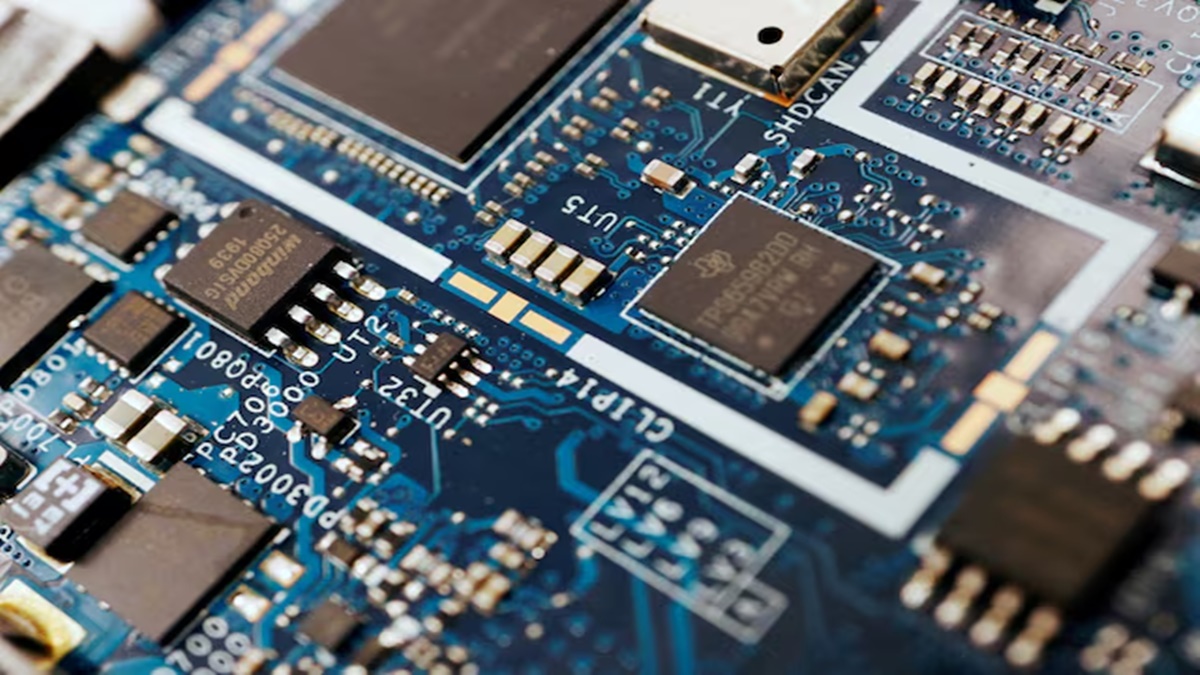On Monday, the US government announced restrictions on advanced AI chip exports. Jatin Grover explains that the procurement cap of 50,000 GPUs till 2027 will not impact India as it is looking to initially build a 10,000-GPU AI compute infrastructure under the IndiaAI Mission
What are the restrictions?
The US Interim Final Rule on Artificial Intelligence Diffusion requires countries interesting in purchasing advanced AI chips to obtain a license for this. The regulations categorise countries into three tiers to determine their access. The first includes 18 allied nations such as the United Kingdom, Japan, Australia, and the Netherlands, which face no restrictions. Tier 2 includes countries such as India, Singapore, Israel, and others which face certain caps on imports of GPUs from the US and require licensing. Users outside of close allies could buy up to 50,000 GPUs till 2027. There would also be government-to-government deals that can hike the cap to 100,000. Tier 3 includes arms-embargoed nations such as China, Russia, and Iran, which are barred from buying GPUs. The US government said chip orders with collective computation power up to roughly 1,700 advanced GPUs do not require a license and do not count against national chip caps. Further, institutions in certain countries could apply for a National Verified End User status, that would let them buy up to 320,000 GPUs over a two-year period. The new rules come into effect in the next three months.
Why did the US impose these caps?
The key reason is to prevent China, Iran and Russia, seen as adversaries of the US, from getting access to these technologies. The US government says the policy will help build a trusted technology ecosystem and allow it to protect against the national security risks associated with AI, while ensuring the controls do not stifle innovation or US technological leadership. “Managing these very real national security risks requires taking into account the evolution of AI technology, the capabilities of our adversaries, and the desire of our allies to share in the benefits of this technology,” Gina Raimondo, US secretary of commerce, said.
Experts say the caps have been imposed to ensure that AI developments occur in trusted environments, and minimal risk of unauthorised transfers. Graphics processing units (GPU) are seen as the foundation of AI with their accelerated parallel processing power, making them ideal for running large learning models.
Potential impact on India
India, which is looking at executing the Rs 10,000-crore IndiaAI mission to provide compute access to startups, academia and researchers, may face hurdles in the long run due to such restrictions. The government is in the process of empanelling companies that will procure 10,000 GPUs eventually and the same will be given at subsidised rates to startups to train their AI models. “In the short term, the new export controls may not significantly impact India. However, the uncertainty of securing licences and trade negotiations could challenge India’s ambitions for large-scale AI hardware deployment,” Ashok Chandak, president of India Electronics and Semiconductor Association, said. Experts warn that large-scale AI data centres that require several hundred thousand GPUs may be delayed or scaled down. Companies such as Reliance, E2E, CtrlS, Yotta, among others, who are looking to build AI compute infrastructure may face delays and caps on procuring GPUs once the rules kick in.
What can India do about it?
According to government officials, the current capacities and the demand for compute in the country can be easily fulfilled. However, going forward, as the requirement increases, the restrictions could derail the plan. “We will have to see whether the Trump administration, which will be taking charge, considers this or not. Basis that the evaluation will be done,” an official, who declined to be named, said.
The officials, however, are concerned that if the rules are implemented, the same would affect scaling up by any Indian company in the long run.
Industry executives say India could potentially secure General National Validated End User authorisations due to its status as neither a re-exporter of Compute ICs nor an advanced compute manufacturing hub. The same along with Nvidia’s and AMD’s commitment to India, could position India favourably for licence approvals, Chandak said.
According to a report by BCG and Nasscom, India’s AI market is projected to touch $17 billion by 2027, growing at an annualised rate of 25%-35%.
Response of chip makers
AI chip makers such as Nvidia have expressed concerns over the rules. According to them, the rules have the potential to hinder innovation and competitiveness. Restrictions on exports will significantly affect US chipmakers, cloud providers, and researchers.
Nvidia, which makes around 90% of AI chips, termed the measures “sweeping overreach”. “The new rules would control technology worldwide, including technology that is already widely available in mainstream gaming PCs and consumer hardware,” said Ned Finkle, vice president of government affairs, Nvidia.
Rather than mitigate any threat, the new Biden rules would only weaken the global competitiveness of the US, undermining the innovation that has kept it ahead, he said.
Nvidia earns nearly 60% revenue outside the US.

